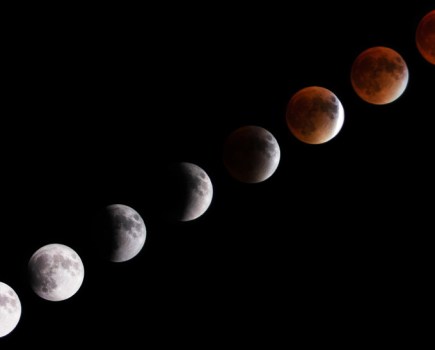Shedding light on creative techniques to use and how to avoid common pitfalls: we offer some lighting tips for beginner photographers…
Look for light and shadow compositions

Direct light, such as the sun, casts hard shadows and these can make a great subject for pictures in themselves. You need to train your eye not just to look at subjects but to see light and shade, and notice how light falls on the objects around you. You don’t even need to include the object causing the shadow – just the shadow alone can often make a great shot.
Beware of flare

If you do shoot towards the sun, or perhaps a floodlight, beware of stray light from outside your frame leaving patches of light on your pictures. This is flare. This can sometimes enhance a shot but to avoid it keep your lens clean and use a lens hood.
Shoot into the light

Try shooting directly into the light with the sun behind the subject. This creates long shadows coming towards the camera and a fabulous ‘rim-light’ around the edges of your subject. Translucent subjects look great too. Keep the sun itself just out of shot or hidden behind a tree.
Use reflectors

With portraits, nature shots and still-lifes you can add extra illumination to your shadow areas by placing reflectors to bounce light back into them. You can buy reflectors but they’re dead easy to make. A simple sheet of white paper or bed sheet will provide a soft fill, while a piece of tin foil or a mirror provide a much more directional reflection.Experiment with the type, size, angle and positioning of your reflector till you get the desired effect.
Shoot silhouettes

Silhouettes can make great subjects and work especially well with sunsets. To create a good silhouette you need an interesting and recognisable shape. A bare tree in winter, a person walking, a bicycle – these subjects all have good silhouette potential. To shoot a silhouette the subject needs to be backlit and the background needs to be much brighter than the subject. Here’s how to do it:
- Position your subject with a bright light source behind them (such as the sky) and little direct light falling on the front of them.
- Take your meter reading, excluding the subject.
- Set this reading on your camera, compose your shot and shoot. Note that if you have an auto flash feature you’ll have to disable it so that it doesn’t activate.






